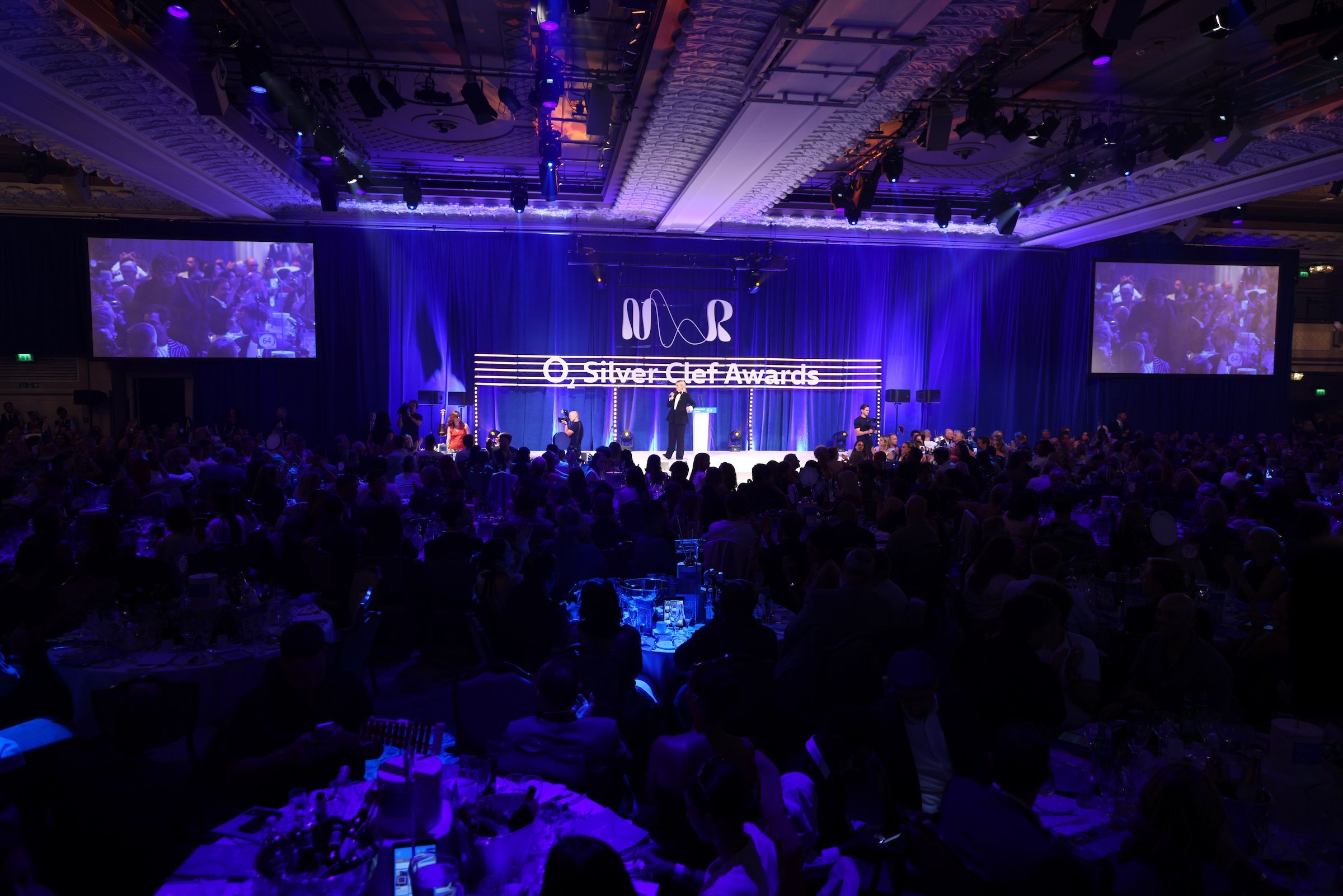
Claims that NFTs have proven themselves irrelevant have been gleefully made in recent months from many corners of the media. And on the surface, it certainly seems like the age of celebrities hawking them to fans, or people paying through the nose for them as a status symbol, has come to a sticky end.
However, the utility of this tech is far more interesting and applicable to a range of industries and professions than the furore might have you believe. So let’s look at how the creative sphere in particular still stands to benefit from NFTs and all that they represent.
What is an NFT and Why Does it Matter to Film, Fashion & Art?
If you’re still out of the loop on what this all means, an NFT (non-fungible token) is a digital asset stored on the blockchain that holds a unique identifier. Sure, that sounds complex, but it’s actually a simple principle, meaning a piece of digital content can be individually identified, just like a physical object.
This basically allows it to be bought, sold or traded without losing its original identity, unlike cash or cryptocurrency, which are interchangeable. As such, NFTs offer new opportunities for filmmakers, fashion designers working on cutting edge projects, and artists to monetize their work in ways not previously possible. Let’s look at this in more detail.
How NFTs Can Unlock New Revenue Streams for Content Creators
NFTs offer new ways for creators to earn cash for their creative output, and also to drive engagement with fans. This can be done through the sale of digital tokens, either as limited edition works, or simply by trading them within a wider marketplace.
At a time when scraping a living as an artist in any field is increasingly challenging, with tools that can enhance productivity being counterpointed by those that can eliminate human creatives entirely, such an opportunity has to be celebrated.
Additionally, content creators may choose to attach specific rights associated with these tokens, such as access to exclusive content streams or other special experiences related to their films, fashion designs and artwork.
This is beneficial not just in terms of generating additional revenue streams, but also providing incentives that lead people back into physical spaces where they can experience the fullness of an artist’s work beyond what’s available online, in turn generating more demand around these creative endeavors.
Furthermore, this model allows artists greater control over how much they charge for their output, which is something that might otherwise be difficult in traditional markets, like cinema screenings or art galleries. We’ve already seen this applied in crypto-based online gaming to great effect, and it has huge potential elsewhere.
So boil down the question of why NFTs are still relevant for film, fashion, and art, and the answer is unequivocally cash-related. But there are also benefits for the consumers of creative content as well.
The Power of Ownership: Defining Digital Rights Through NFTs
For an individual looking to support their favorite artist, NFTs remain a hugely impactful way of achieving this. And crucially, it’s a means of replicating the experience of picking up a tangible work, like a book, painting, LP, DVD or any other physical media, rather than being stuck with the usual lack of meaning that’s associated with digital copies of content.
The anti-piracy potential of NFTs is also still front and center of the use case for creatives. While major studios might be able to bear the brunt of unauthorized reproductions, this is tougher for solo artists to encompass these costs. Embracing NFTs once again gives them more control and power, regardless of what the naysayers might think.
Wrapping Up
While NFTs might not become the all-conquering powerhouse that some had predicted, they are far from dead, and it’s in the sphere of the arts that they’ll survive and ultimately thrive.





